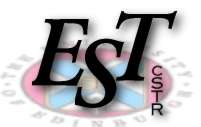extract the coefficient type
extract the number of differentiations
extract the start/end flag
get start from end
get end from start
differentiate once
differentiate N times
integrate once
Build a number representing a channel type for a coeficient type.
Build a number representing a channel type for a single value which can N = count starting from 0 D = Number of levels of differentiation.
Build a number representing a channel type for a simple value such as length or voicing probability


